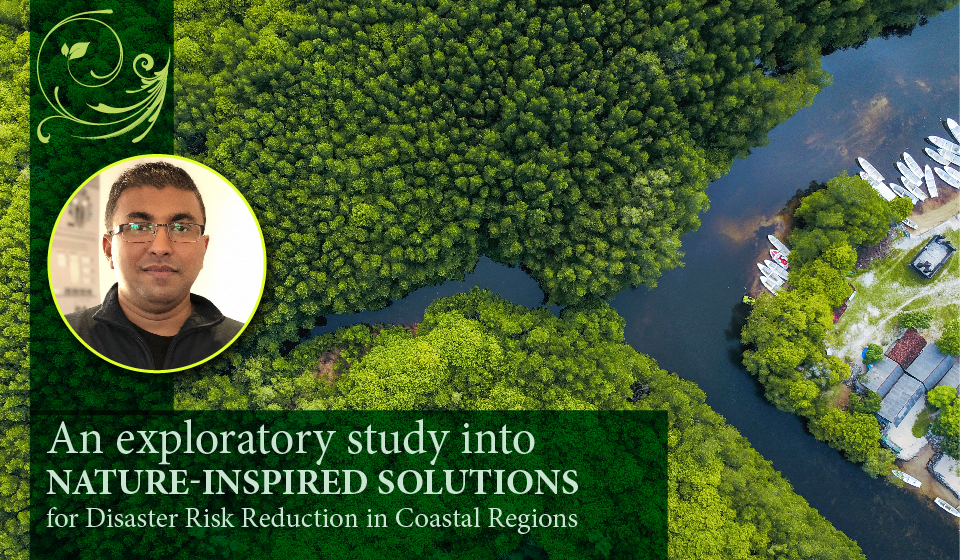
Dr Nuwan Dias has secured £7,500 funding from the University of Huddersfield to undertake a 12-month exploratory study into nature-inspired solutions for disaster risk reduction in coastal regions. The project will be informed by some of the findings to emerge from the Newton Prize project on localising early warning. This includes the potential to use nature as a way of strengthening disaster risk reduction and to increase community awareness and understanding of the threats posed by natural hazards, including tsunami.
Coastal hazards can have a devastating impact on coastal communities around the world and are responsible for many deaths and loss of livelihoods. The 2004 Indian Ocean tsunami and the 2011 Tohoku tsunami caused more than 225,000 and 19,800 fatalities. The Intergovernmental Panel on Climate Change (IPCC, 2014) predict that current monsoon seasonal patterns will worsen by 2050. As a result, extreme weather events, such as typhoons and other storms, will become increasingly severe and cause more frequent and extensive coastal flooding. Many countries are facing multiple such threats to their coastal populations.
A range of interventions have been developed to address such threats, including hard and soft engineering, and early warning systems. These have been able to effectively reduce disaster risk in many cases, but often fail to protect communities, as evidenced by the increasing number of people affected and levels of economic losses.
A variety of nature-based approaches have also been promoted in global policy agendas for disaster risk reduction (DRR) in coastal regions and there are already examples of nature based solutions (NBS) being implemented in DRR applications, for example growing mangroves and forest vegetation along the coastal belt as an eco-engineering solution for nature-based coastal defences. Although there has been growing interest in NBS for DRR, there has limited attention on the use of nature-inspired solutions (NIS), despite its effectiveness in addressing other societal challenges such as using the structure of termite mounds to inspire internal climate control systems for buildings. This knowledgebase is sporadic, and the concept is not prominent in current global agendas linked to DRR. Therefore, there is an opportunity and a need to explore whether nature can inspire innovative solutions to help tackle increasing disaster risk in coastal communities.
This twelve month research initiative intends to conduct an exploratory study to better understand the state of the art and potential application of NIS to reduce the impact of coastal hazards. The project outcomes will identify key research gaps in NIS for DRR, and provide a basis for the development of future, externally funded research project proposals.